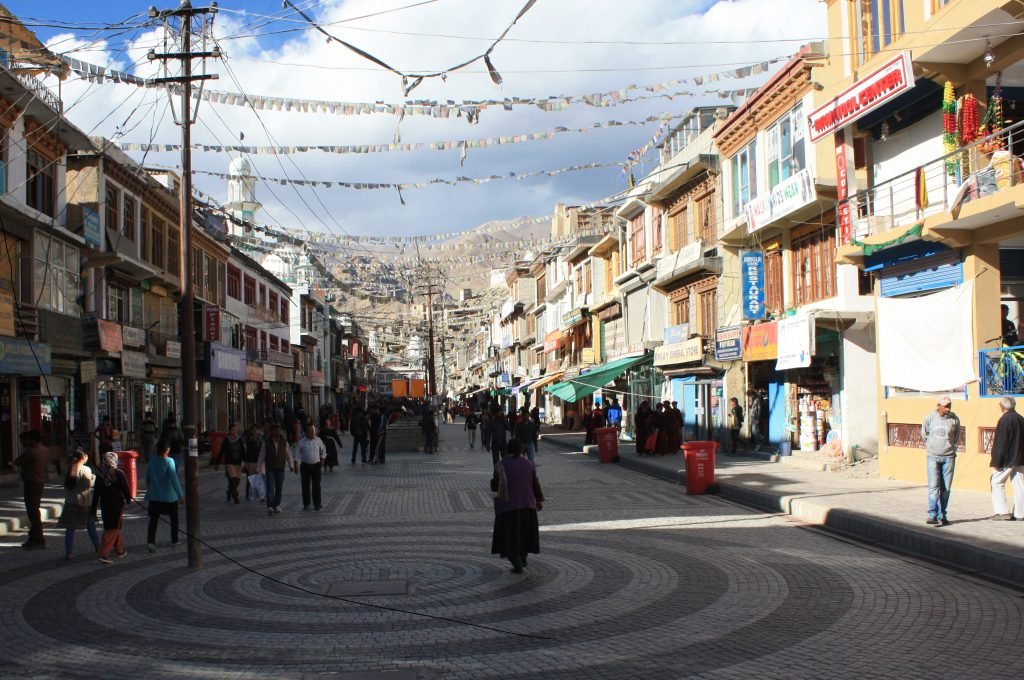
The wind blows and the Buddhist prayer flags, tied across the Leh bazaar, flutter. As the day advances, the women from the surrounding villages start arriving and occupy the place along the pedestrian’s pathway to sell their vegetables. The descendants of the Mongolian race, these women, in their robes, generally in coffee color, are the inhabitants of Ladakh. The descendants of Kushanas and Mongols, these narrow eyed soft spoken ladies are good sellers.
The bazaar and in fact the whole town of Leh is dominated by the old and ruining structure of nearly two centuries old Leh palace, around which the town flourished. The age old houses around the palace can still be seen. One has to be courageous enough to walk through the narrow streets and negotiate the steep and old flights of stairs most of them heading towards the palace.
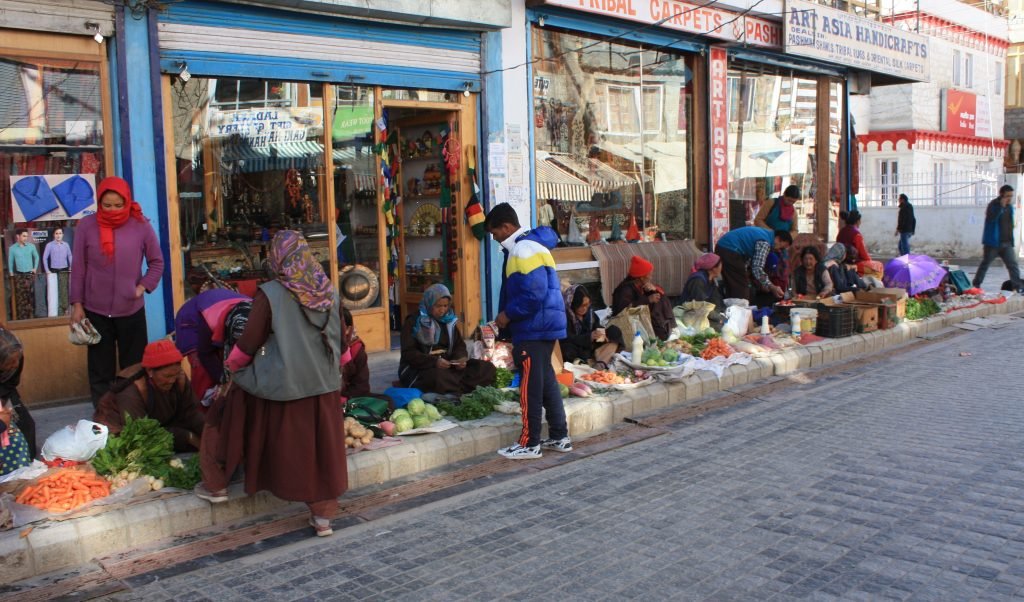
Walking through the Leh Bazaar gives you an impression of some fashion Mall. It seems like the natives need nothing other than pashmina shawls, decoration pieces, thangka paintings or ornaments. Every shop is a showcase for these products and it is hard to find a good eating joint. A few are there in the corners with their rated exorbitantly high. It is understood that their major business comes from the tourists and everyone arriving their shops is looking for something different.
I am not interested in all above as my taste is always there in the abandoned houses and neglected lanes. I left all of them behind and make my way to Zorawar’s Fort. On the fort road there are several houses old and new, some yet to be finished and some under construction. All of them have a garden around it and the outer wall is made of local stone or bricks. Poplar trees and weeping willows prettify the attractions more. Till a few years ago these roads used to be absolutely traffic less but now domestic car can be seen parked here and there, occupying the space and reducing the charm of walking.
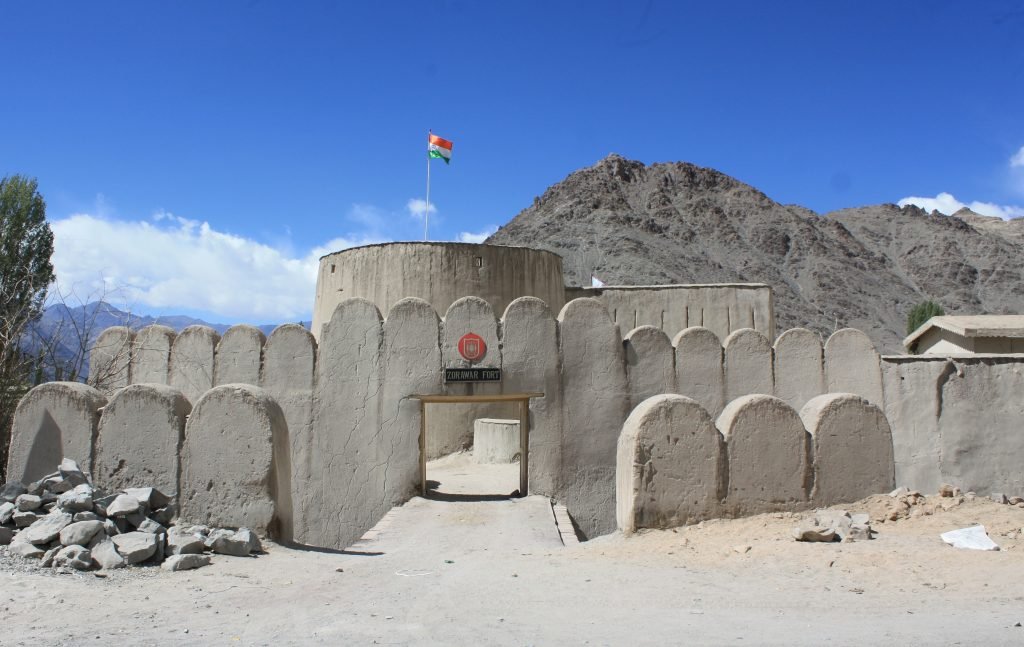
Zorawar’s Fort
General Zorawar Singh, completely uneducated and a killer murderer of his first cosine at the age of sixteen over a property dispute, he hailed from Kahlur (Bilaspur) in the lower hills. Born in a Rajput family in 1786 and after murdering his cuisine he escaped to Haridwar. There he happened to meet Raja Gulab Singh of Kishwar who accepted him as his personal servant. Zorawar Singh achieved the post of a General in the dynasty due to his wittiness and his intensity of learning new things, always.
Raja Gulab Singh remained unaware how his kingdom was expanding. General Zorawar Singh would win the area and merge it with the Raja’s kingdom. Later he annexed the higher regions of Ladakh and Baltistan with his army of soldiers. He even confronted the tough situations of cold climate of the higher reaches and attacked the area in minus twenty-five degrees of temperature. Many of his soldiers died due to cold weather but he never looked back.
The fort in Leh is one of the forts built by him at the banks of river Indus, during his aggressions. Presently it is occupied by the Indian army who have renovated it to bring it to the livable conditions. A museum, inside the fort, has been created that depicts the life of General Zorawar Singh and his aggressions on Ladakh during Namgyal Dynasty. Later he moved towards the hills of Kumaon, Nepal and then further north towards Tibet, where during a battle with the Tibetans he was beheaded. The Tibetans took his head to Lhasa and placed it in the middle of the bazaar for the public viewing.
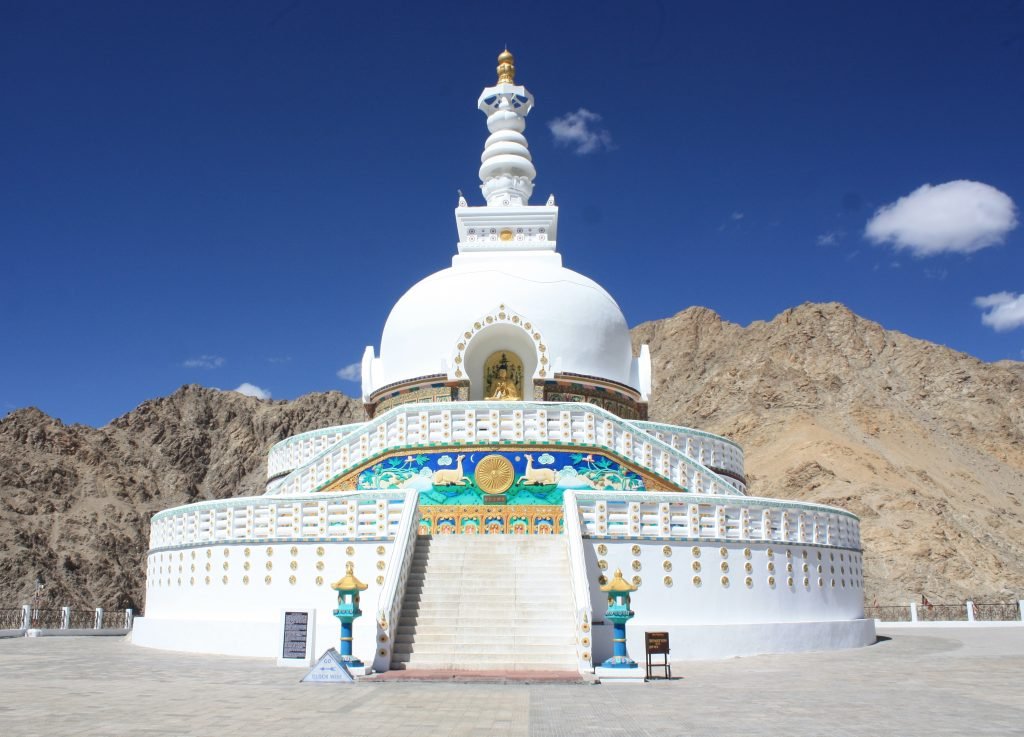
Shanti Stupa
Without having any legendry back ground of historical facts Shanti Stupa in Leh has become a must visit place for every visitor to the area. Once has to follows a flight of 548 stairs to reach the pedestal on which the stupa stands. Optionally an approach road from the town can lead your car to the venue.
I decide to go for the first option and follow the stairs. When you are the elevation of 3500 meters you have to be slow otherwise an attack of mountain sickness is always around you. A short effort may lead to a serious breathing problem. The water in my water bottle is a great help. Step by step I climb and with every step the view of the valley becomes more panoramic. The range of Zanskar Mountains and Stok Kangri Peak, covered with snow stands still opposite the stupa. Standing at the platform, I look at the bird-view of Leh town. There are houses, hotels, bazaars, shops, mosques, a gurudwara, Monasteries, schools and army cantonments, all scattered across.
To the north a road leads to Kahrdung-La, the highest motor-able pass in the world, beyond which lies Nubra valley. To the right front the building of Leh Palace stands on a high hill dominating the town of Leh. The idea of building this Shanti Stupa was conceived by a Bhikshu – a monk from Japan called Gyomyo Nakamura in 1980. Ladakh Buddhist Society liked the idea and with the help of the local administration the construction was initiated.
Shanti Stupa, now is one of the most prominent landmarks of Leh. Visible from a far distance the edifice has its own importance for the locals and the tourists and will remain so for ages.
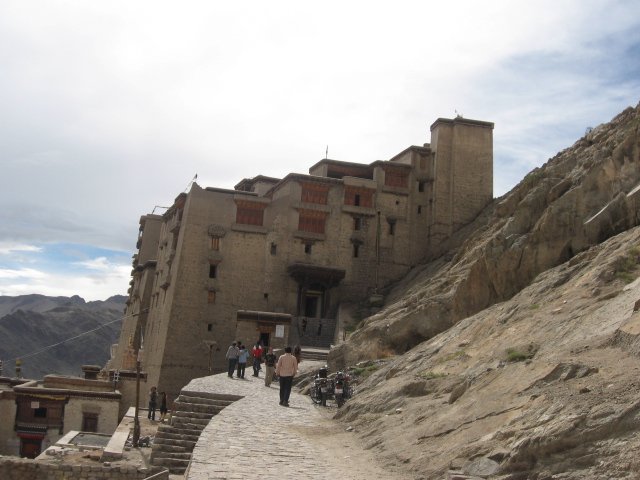
Leh Palace
Resembling to Potala Palace in Lhasa the Palace of Leh has been the seat of the Nagyal Dynasty till 1846 when the dynasty was dethroned by Dogras. A road from the other side of the bazaar whirls up to the entrance gate of the palace but it is more enjoyable to follow the narrow lane leading up to the palace.
Remained ruined for several decades but now under the maintenance of Archeological Survey of India, the building is going to be in its original shape soon. Originally big rafters of popular tree and local stone was used in its construction. The palace has several rooms with balconies overlooking the town of Leh. A monastery build by the Royal family is located on the hill top, that is approachable by a five hundred meters’ foot trail, behind the palace is a worth visit.

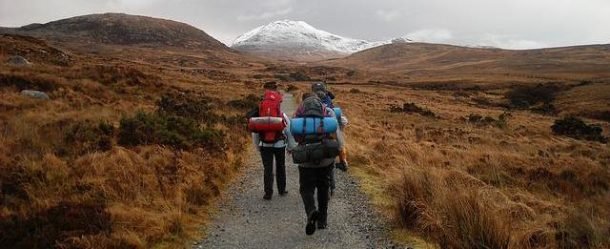
Even my body has returned to Germany, my soul must still have remained somewhere in Leh!
the text “Leh Triangle” let me feel yearning to this town and to Ladakh…
Thanks a lot Mom. Lovely to see you here.